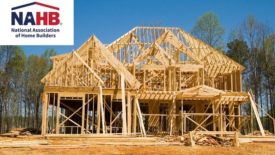Home » National Association of Home Builders (NAHB)
Articles Tagged with ''National Association of Home Builders (NAHB)''
We’re rolling out the red carpet of flooring knowledge!
Stay in the know on the latest flooring retail trends.
JOIN TODAY!Copyright ©2024. All Rights Reserved BNP Media.
Design, CMS, Hosting & Web Development :: ePublishing
.jpg?height=168&t=1729672015&width=275)



